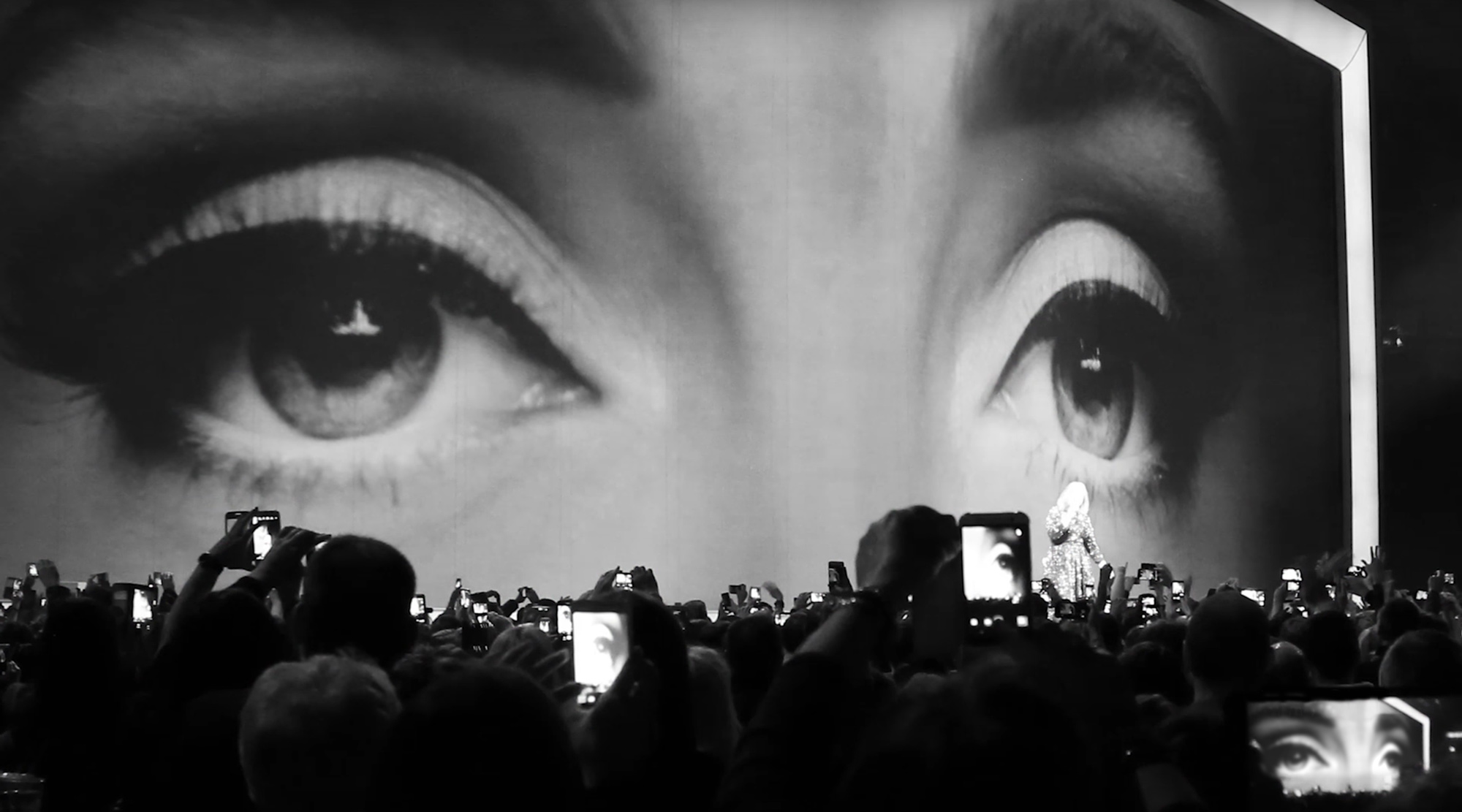What Es Devlin Can Teach Designers
I recently watched a documentary on the world-renowned set designer Es Devlin and she has quickly become one of my favorite designers active today. Throughout her career she has worked on everything from operas and fashion shows to pop concerts and Olympic ceremonies. Though stage design is a bit of a niche in the industry, I think all designers can learn from her approach to design. Here I’ve outlined 4 of my favorite quotes from her Wall Street Journal interview and some key takeaways that designers can apply to their own work.
“I try to understand the spirit of each piece… I might find that I create a very similar shape for a Rihanna performance as I might for a Wagner performance. And I might find that I create a similar line for Beyonce as I might for an 18th century opera that will then resurface in a piece of work for Kanye.”
All design disciplines, at their center, involve telling a compelling story. In consumer product design the form and interface of the device tell a story of how to use the product. In architecture the building tells a story of how to navigate and appreciate space. And in fashion the clothing itself is a story of self-expression. As designers we need to be aware of the story that we are trying to convey. Though it’s rare that we design something completely unique from our previous work, it’s important that we try to tell each story in an engaging way.
“We are, as a species, chemically rewarded by the new. Any time anything new enters into our sphere of consciousness a little squirt of dopamine happens in our brain and we are rewarded.”
Newness is the driving force behind engaging design. Regardless of the medium, all design is a constant exploration of how the present can be pushed just a little bit further to create a novel experience for the consumer. As designers we need to be aware of this fact and strive to constantly push our own work in the direction of something new. Whether it’s just new for us or if it’s new for most consumers, the goal is to design something that doesn’t feel tired or mundane.
“The thing about what I make is that it doesn’t exist for very long. Their endurance is in the memories of the people who saw them. In the end they will only exist as bits of starch in the brain.”
Whether it’s a smartphone that will be obsolete in two years, a trendy shirt that will be out of style next season, or a magazine spread that will be thrown out in a month, most design these days is intended for rapid consumption. That hasn’t always been the case but our increasingly connected world shows no sign of slowing down. As designers we need to recognize the transient nature of our industry and focus on creating work that is memorable. While the products we design may only be consumed for a fleeting moment, they can still be the basis of great memories and experiences for many people. We need to remember that what we create has the power to affect people’s lives and outlooks and we should strive to design things that consumers look back at with a smile.
“I am very, very rarely satisfied with anything that I make and that’s probably what drives me to continue trying to fail a little bit better the next time I fail.”
Good design is a constantly moving target. It’s rare that a designer is satisfied with their old work because a designer hones their craft more and more with each new project. The better we get at our craft, the more critical we become of what we have already designed and what we are about to design. But it’s important to remember that this is a natural part of being a designer and we can’t let our own expectations hold us back from experimenting with designing something new. As designers we can’t self-censor any half-baked ideas, even if we don’t think they meet our own standards, because bad ideas often give us insight to good ideas. We must be fearless of failure and look at it as a learning experience if we really want to push our craft further.
So there you have four great quotes from Es Devlin. Not only has she had a profound effect on the world of set design, but her insight is applicable to designers of every discipline and level. I hope others can learn from her wisdom.

